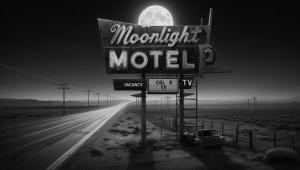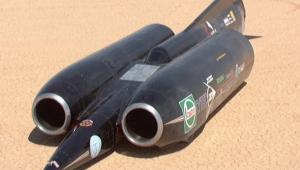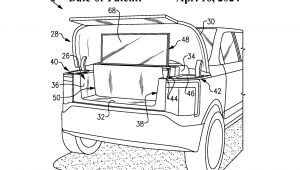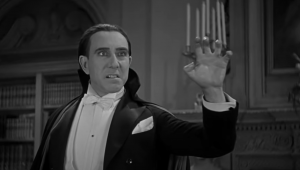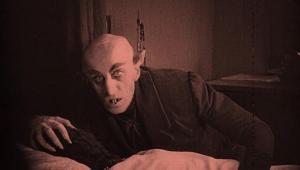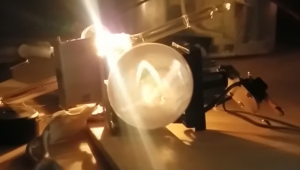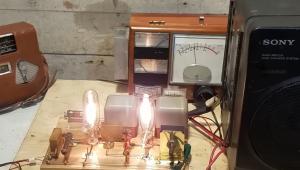The Good Old Days
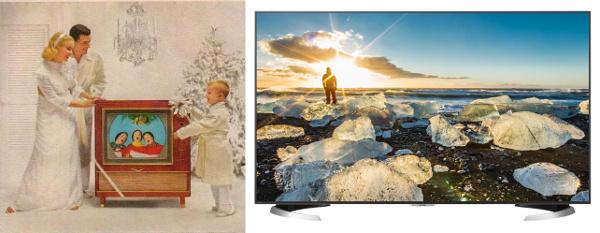
My table is lively with conversation. You already know how the thread goes. The government is messed up, our bosses grind on us all week long, the new Corvette blows the doors off the old Corvette, college football is way better than pro football. Then we talk about man caves. The mood intensity clicks up a notch. Man caves are serious business. Who has 4K? Who doesn’t? The question of cost comes up. The new stuff is awesome, but it’s awfully spendy. Not like the old days, when the stuff only cost a few bucks. If only we could get those old-timey prices. With a straddle and a flourish, the bikers roar away. We settle into our Priuses (Prii?) and hum away.
The morning after, cobwebs clearing, I wondered—were electronics really better deals in the good old days? You know—like in the 1960s? Vietnam, Woodstock, hippies, muscle cars, and the space race. LPs had blown away 78s. If you wanted to be cool, you needed a stereo, baby. Tubes and phono cartridges created hi-fi. Then solid state made it convenient and portable. Most TVs were black and white, but color was coming. In the fall of 1965, half of the prime-time broadcast lineup was in color. But sales of color TVs did not surpass B&W sales until 1972; partly that’s because early color TVs were tubed and heavy and unreliable. Picture quality was poor, and color changed dramatically from channel to channel. Remember the Tint knob? Not to mention Vertical Hold and Horizontal Hold.
And the prices? In 1960, the starting price for a 21-inch color RCA television was $495; deluxe features like a UHF tuner cost extra. In 1960, the average annual salary was $4,007. Before income taxes, you would have to work 31 days to buy that TV.
Fast forward to today. Factoring in inflation, that $495 RCA would cost $3,978 in today’s dollars.
The average annual salary (in 2012) was $44,322. That means you would work 22 days to buy that $3,978 TV. Not too bad. Also, your new TV would be somewhat bigger than 21 inches. For example, four grand would buy you a 70-inch Sharp AQUOS 4K Ultra HDTV, 2160p and 120 hertz. (Interestingly, it doesn’t have a UHF tuner, either.)
Looked at another way, what does a same-size TV sell for today? You can buy a contemporary 22-inch RCA, 1080p, for about $190. That’s $24 in 1960 dollars, or about 1/20 the cost of the $495 TV.
TVs were expensive in the good old days, and the good ones are expensive now. But by any reasonable measure, TVs today cost a fraction of what they used to. And that doesn’t even begin to consider the improvements in picture quality, reliability, features, size, weight, or energy efficiency. A modern flat-screen Smart digital TV is only similar to a vintage TV in that both show moving pictures. Otherwise, they have little in common, so far advanced are modern TVs.
It’s fun to imagine how much better life would have been in the good old days. But the reality is that at least from a standpoint of TVs, we are living in the best of times. Vintage Harleys can be worth a small fortune. Vintage TVs, not so much. Would I trade my 2014 70-inch 4K Sharp for a 1960 21-inch RCA? Uh, no. That’s never going to happen.
